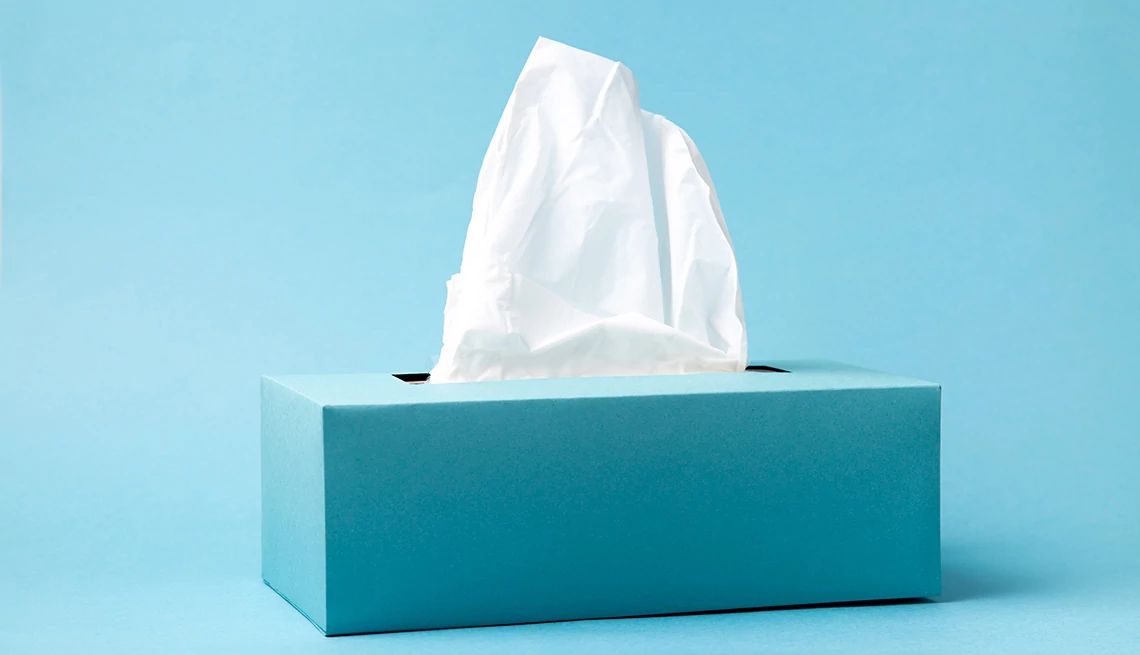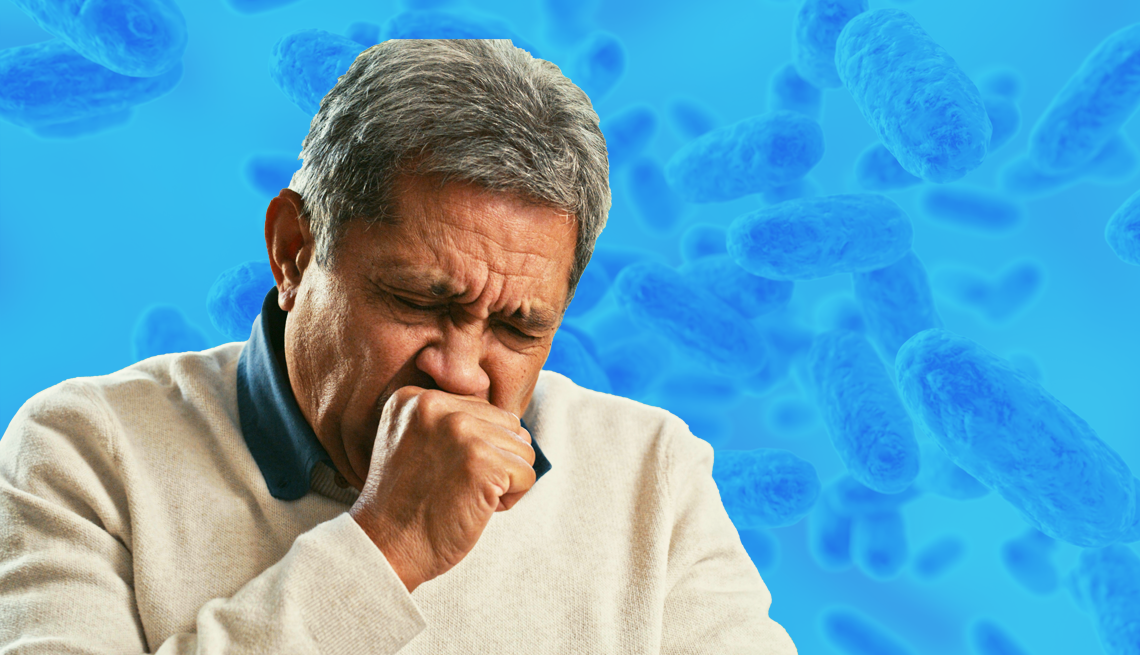AARP Hearing Center


If it feels like everyone around you is battling a sore throat, the sniffles, and that achy, crummy feeling, you’re not wrong. According to the latest data from the U.S. Centers for Disease Control and Prevention (CDC), common respiratory viruses are out in full force this winter.
Throughout the country, COVID-19 activity is increasing, flu levels are elevated and RSV (respiratory syncytial virus) is “very high,” health officials say.
Still, the levels of illness we’re seeing now aren’t unusual for a typical winter season, says Stefan Gravenstein, M.D., a professor of geriatric medicine and director in the Division of Geriatrics and Palliative Care at Brown University. And colder temperatures and recent holiday gatherings are likely fueling the spread.
If you catch one of these bugs, or even the common cold, it can be hard to tell what you’ve come down with, since they all share a similar list of symptoms. But knowing what you have can be an important first step to accessing medications that can help keep a mild infection from turning severe.
Here are a few tips from experts on how to distinguish among the different diseases and how to recover from each of them. Plus, they have some advice on what you can do to help avoid getting sick in the first place.
Find COVID-19 Vaccines in Your State
AARP's 53 state and territory COVID-19 vaccine guides can help you find vaccines near you and provide the latest answers to common questions about costs, eligibility and availability.
COVID-19 has a few distinct symptoms
The truth of the matter is that several symptoms for a cold, the flu, RSV and COVID-19 overlap. Chief among them are sore throat, runny nose, cough and headache.
There are some more specific symptoms, though, that could signal your sickness is caused by COVID-19. Loss of taste or smell, for example, is a common warning sign of a coronavirus infection.
“Especially if you don’t really have a runny or stuffy nose and you have this symptom, that probably is something that’s more specific for COVID,” says Albert Shaw, M.D., an infectious disease expert and professor of medicine at Yale School of Medicine. “And it’s one we would see less so in someone with a common cold or someone with influenza.”















































































More From AARP
What to Know About The COVID BA.2.86 Variant
The new strain has health experts concernedHow Bad Will Flu Season Be This Year?
Older adults urged to get influenza vaccines in early autumn
This Is What a Breakthrough COVID Infection Feels Like
Despite being vaccinated, they got COVID-19. Here's what their symptoms were like